Training a stubborn dog can feel like a battle of wills, but there’s good news: even the most headstrong pups can learn to listen with the right techniques. From breed instincts to independent streaks, every stubborn dog has their reasons for being a little “extra.” Here are 15 expert-backed tips to help you turn training time into a positive experience that truly works.
1. Focus on Positive Reinforcement

Stubborn dogs respond better to encouragement than punishment. Positive reinforcement—like treats, praise, or playtime—teaches them that following your commands brings good things. When they realize that “sit” and “stay” lead to rewards, they’re more likely to engage willingly. Over time, even the most independent dogs start associating training with positive outcomes rather than feeling forced.
According to the American Veterinary Society of Animal Behavior, positive reinforcement is one of the most effective training methods, especially for resistant breeds. Studies show that reward-based methods not only improve learning but also reduce stress-related behaviors. In other words, kindness pays off—literally. With consistency, even the most willful dog will come to see training as play rather than punishment.
2. Keep Training Sessions Short and Engaging
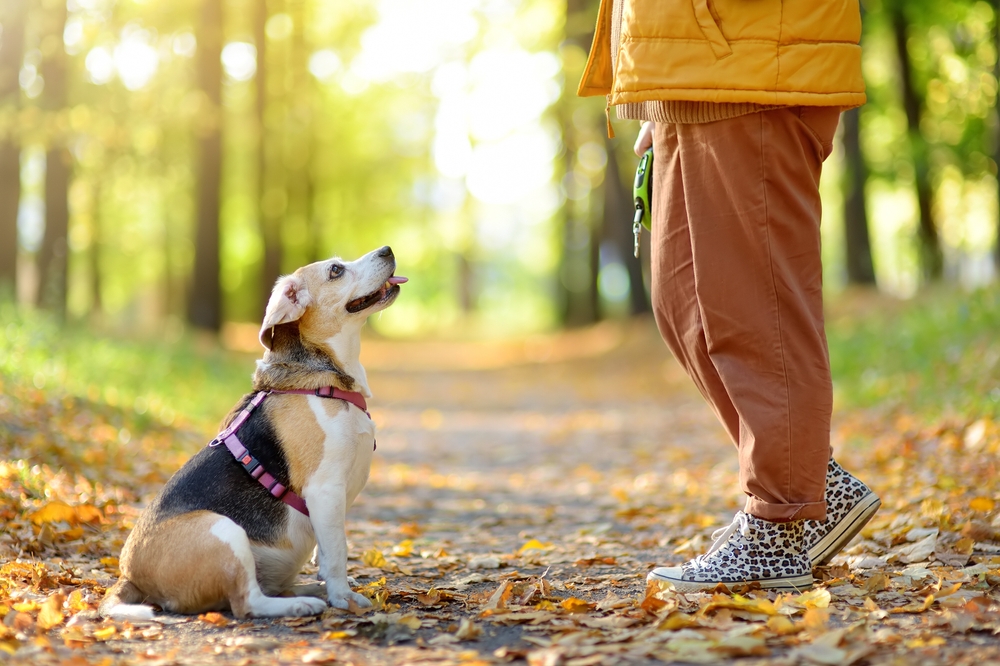
Short, engaging sessions are ideal for stubborn dogs, who often lose interest quickly. Aim for five- to ten-minute lessons to keep them engaged without frustration. By keeping things short and fun, you’ll avoid overwhelming them and maximize their focus. Remember: consistency is key, so brief daily practice works better than long, drawn-out sessions.
A dog’s attention span is short, especially when something feels repetitive or dull. Try mixing up activities—alternate between obedience drills, fetch, and scent games. When your dog sees training as fun rather than a chore, they’ll start showing up with more enthusiasm. The goal is steady progress, not perfection overnight.
3. Use Reward Treats They Can’t Resist

For a stubborn dog, regular kibble might not be motivating enough. High-value treats—like bits of chicken, cheese, or freeze-dried liver—offer that extra incentive to obey. Reserve these special rewards exclusively for training sessions, so they stay exciting and rare. The more valuable the treat, the more motivated your dog will be to respond to your commands.
Research from the University of Bristol’s School of Veterinary Science found that dogs trained using high-value food rewards learned tasks faster and displayed fewer stress-related behaviors than those trained with verbal praise alone. Treats act as a strong motivator, helping override stubborn tendencies. Think of it as “currency” for good behavior—the higher the payout, the better the results.
4. Be Clear and Consistent with Commands
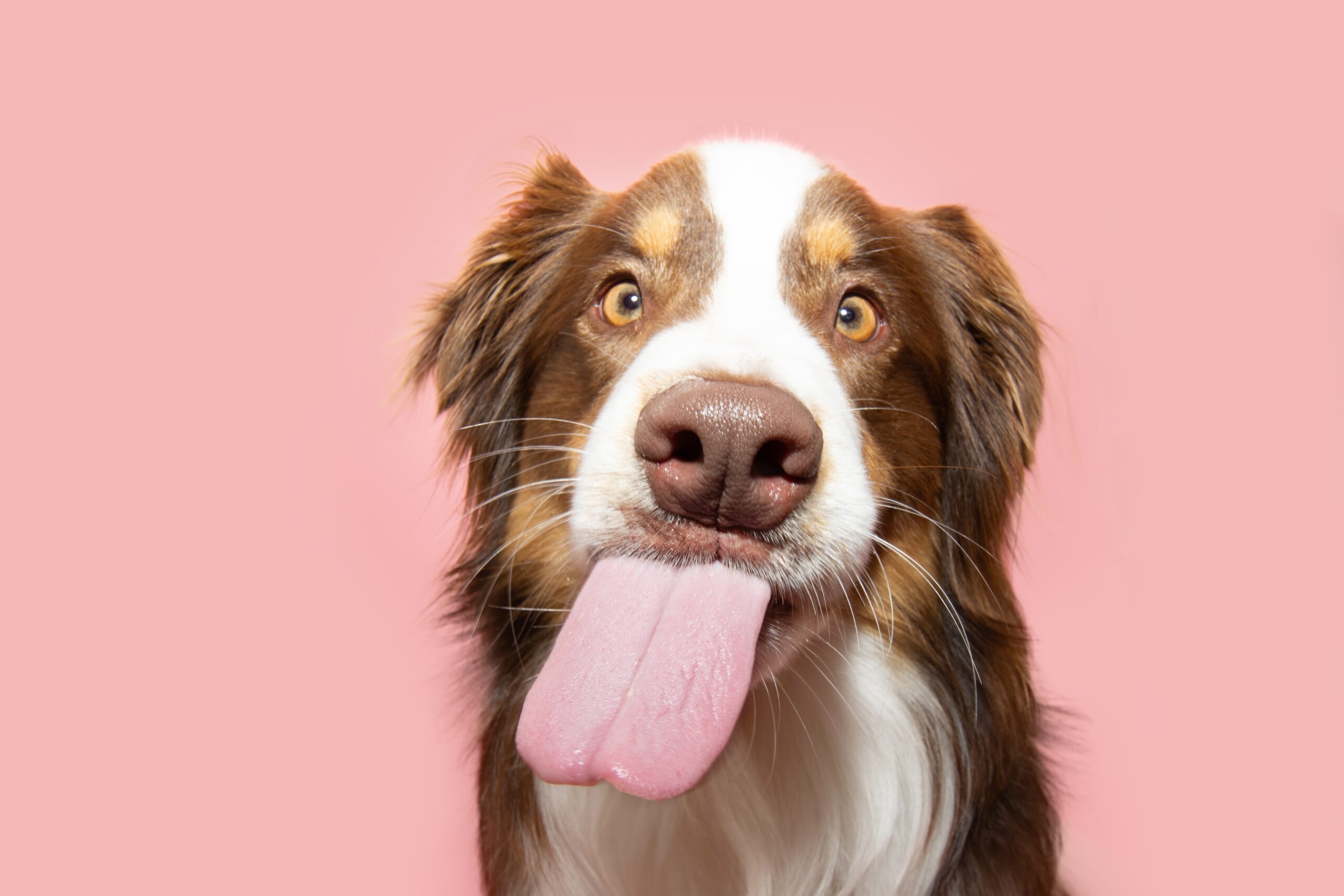
Stubborn dogs thrive on clarity and routine. If you use “down” one day and “lay” the next, they’ll quickly get confused. Stick to the same command words, tone, and hand signals each time to help your dog make clear associations. This consistency reduces frustration—for both you and your pet—and creates a language they understand.
Consistency builds trust. Dogs feel calmer and more cooperative when they know what’s expected of them. If multiple people train your dog, make sure everyone uses the same cues and routines. Clear communication turns chaos into cooperation.
5. Incorporate Games and Play into Training
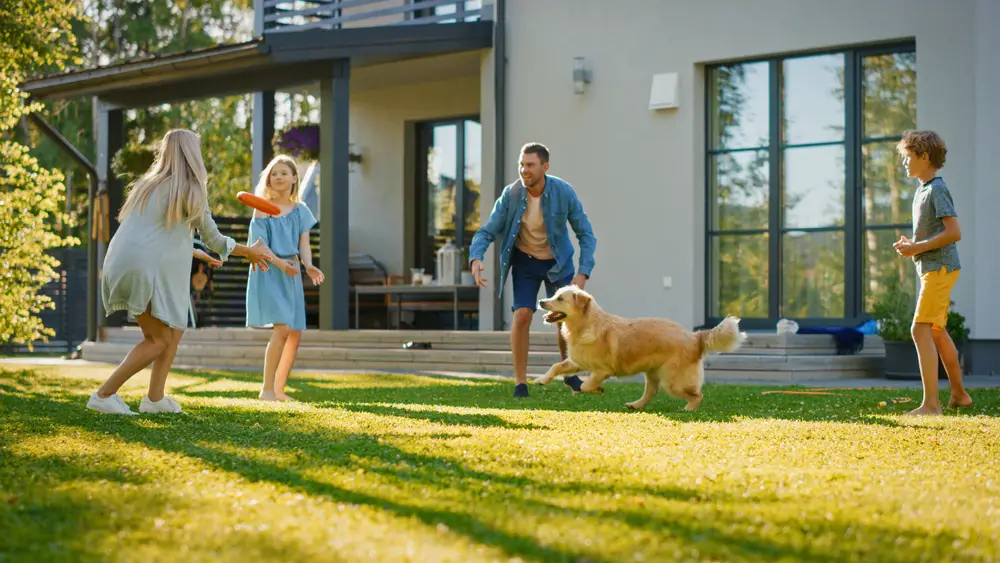
For dogs who love to play, turning training into a game can be life-changing. Games like tug-of-war or fetch with small training moments help channel their energy into learning. You can use toys as rewards or integrate commands like “drop it” or “wait” mid-play to reinforce obedience naturally. The result? A happier, more attentive dog who sees you as their favorite playmate, not their boss.
According to a 2022 study in Applied Animal Behaviour Science, incorporating play into obedience training boosts motivation and strengthens the bond between dog and owner. Dogs that train through interactive play also retain commands longer. It’s proof that fun isn’t just fluff—it’s a proven path to better behavior. When in doubt, make training feel like recess.
6. Respect Their Breed Tendencies
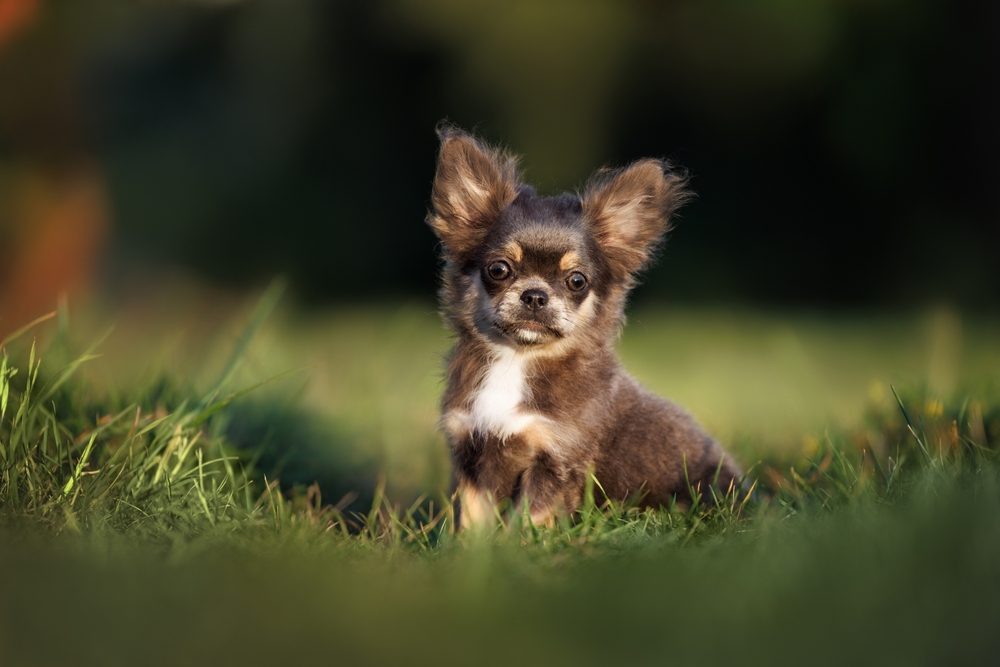
Some stubborn behaviors are written into your dog’s DNA. Hounds, for example, are independent thinkers bred to follow scents, while herding dogs thrive on control and precision. Understanding your dog’s instincts allows you to tailor your approach instead of fighting it. If they’re a digger, build on that with enrichment activities rather than punishment.
When you train with their instincts instead of against them, you’ll see faster results. It’s like speaking their native language. The goal isn’t to erase their quirks—it’s to channel them productively. Patience and empathy go further than discipline ever could.
7. Avoid Repeating Commands
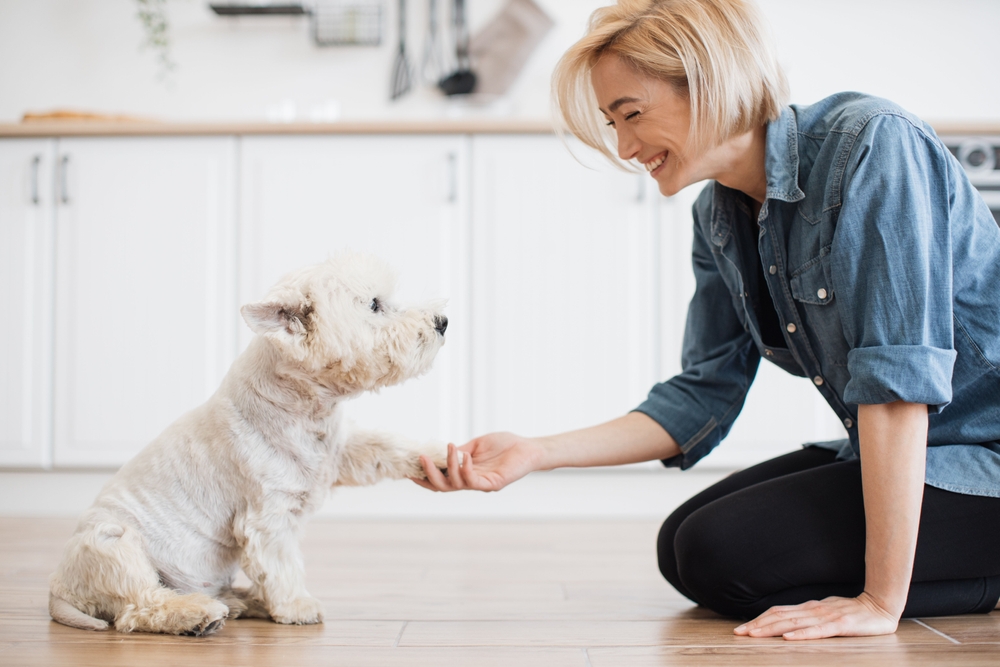
Saying “sit, sit, sit” doesn’t make your dog obey faster—it teaches them they can ignore you. If they don’t respond after the first command, pause, reset, and guide them physically or with a visual cue. This shows them commands aren’t optional and builds focus over time. The key is follow-through, not repetition.
Animal behaviorist Dr. Ian Dunbar, founder of the Association of Professional Dog Trainers, emphasizes that repeating cues weakens their effectiveness. His research shows that clear, single commands followed by immediate feedback help dogs retain obedience longer. In short, say it once, mean it, and help them succeed. You’ll end up with a more responsive—and respectful—dog.
8. Practice Patience and Stay Calm
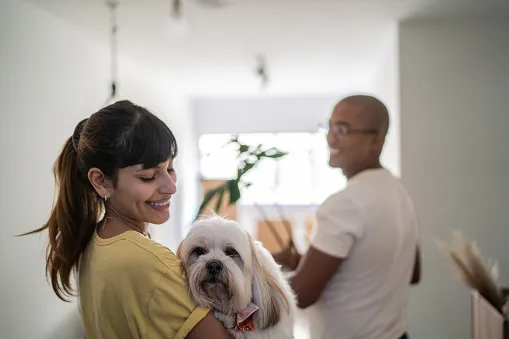
Patience isn’t optional when training a stubborn dog—it’s the foundation. Dogs pick up on your emotions, so if you’re tense or frustrated, they’ll mirror it. Staying calm helps your pet feel secure and focused, making learning easier for both of you. Remember, they’re not trying to disobey; they’re just testing boundaries and communication.
If you feel frustration creeping in, step back and take a break. Training is a marathon, not a sprint. Reward the small wins, and don’t expect instant results. Over time, patience turns resistance into trust.
9. Work on Building Trust
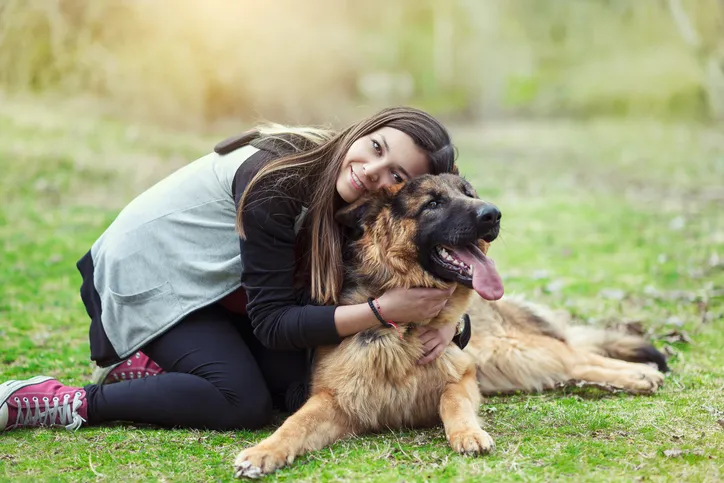
A stubborn dog often isn’t defiant—they’re uncertain. Building trust through consistency, gentle touch, and praise can help them feel safe following your lead. Spend quality time outside of training—on walks, playtime, or just being near each other—to strengthen your bond. The stronger your connection, the more your dog will naturally want to listen.
Trust transforms obedience from obligation to partnership. When your dog sees you as reliable and fair, they’ll engage without fear or hesitation. Think of it as emotional groundwork—without it, training becomes a struggle, not a dialogue. A dog who trusts is a dog who listens.
10. Teach in a Low-Distraction Environment
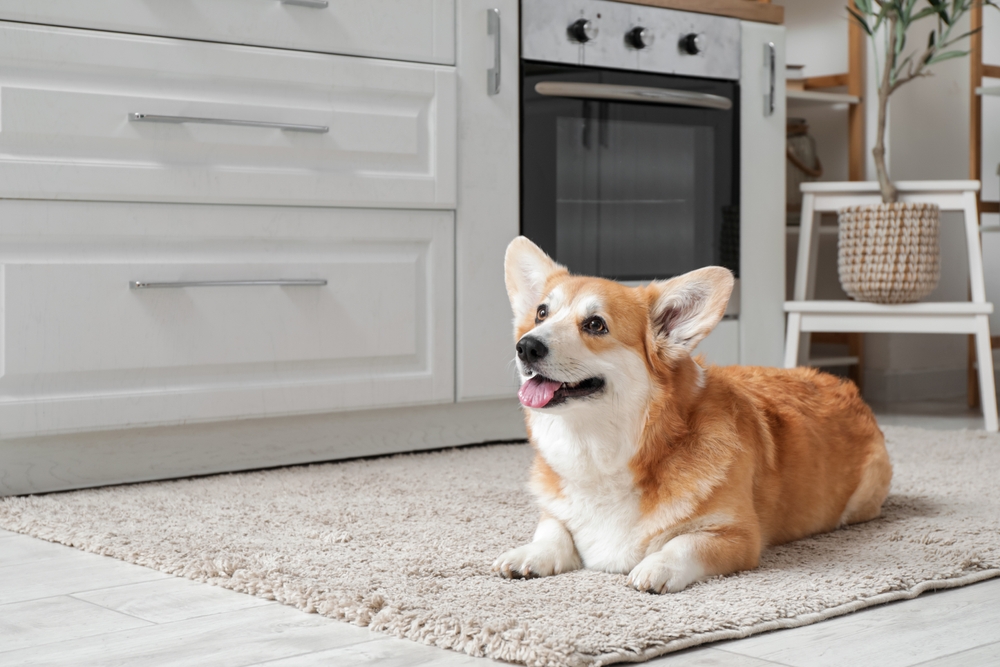
Stubborn dogs get distracted easily, especially in noisy or busy spaces. Start training in a quiet room or yard, where your dog can focus solely on you. Once they master a command, slowly introduce distractions like toys or background noise. This gradual approach helps solidify their focus and prepares them for the real world.
Think of it as training in layers. By mastering “sit” in silence, your dog can later perform it in chaos. It’s all about building confidence one step at a time. The more controlled the environment, the faster they’ll learn.
11. Use a Firm but Kind Tone
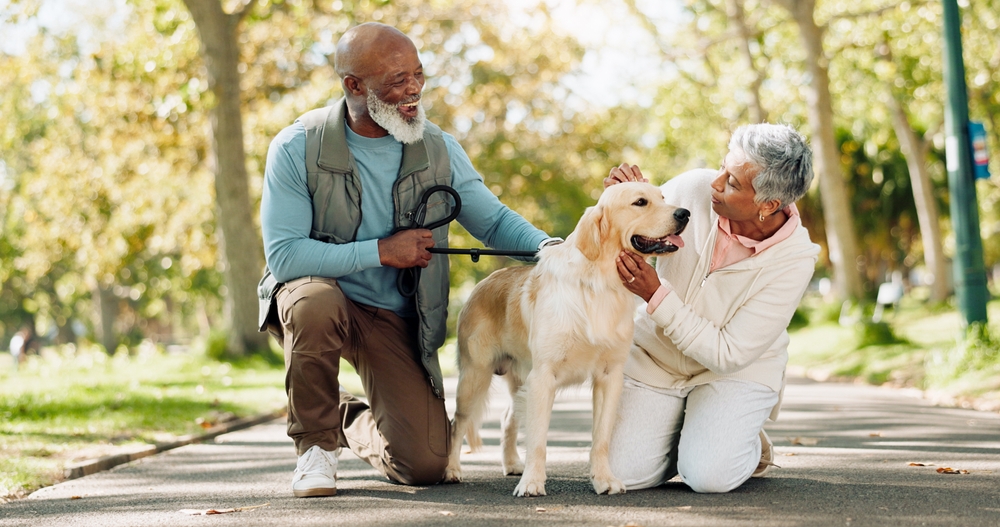
Tone can make or break training progress. Stubborn dogs don’t respond well to yelling or harsh commands—it breeds fear, not respect. A calm, assertive tone communicates authority without tension, helping them feel both safe and guided. Think of your voice as a steady hand rather than a raised one.
Dogs are emotional sponges; they feel your frustration before they hear your words. Using a balanced tone helps them relax and focus on your cues. Over time, they’ll associate your calm voice with direction, not discipline. That emotional connection builds cooperation faster than any correction ever could.
12. End Each Session on a Positive Note
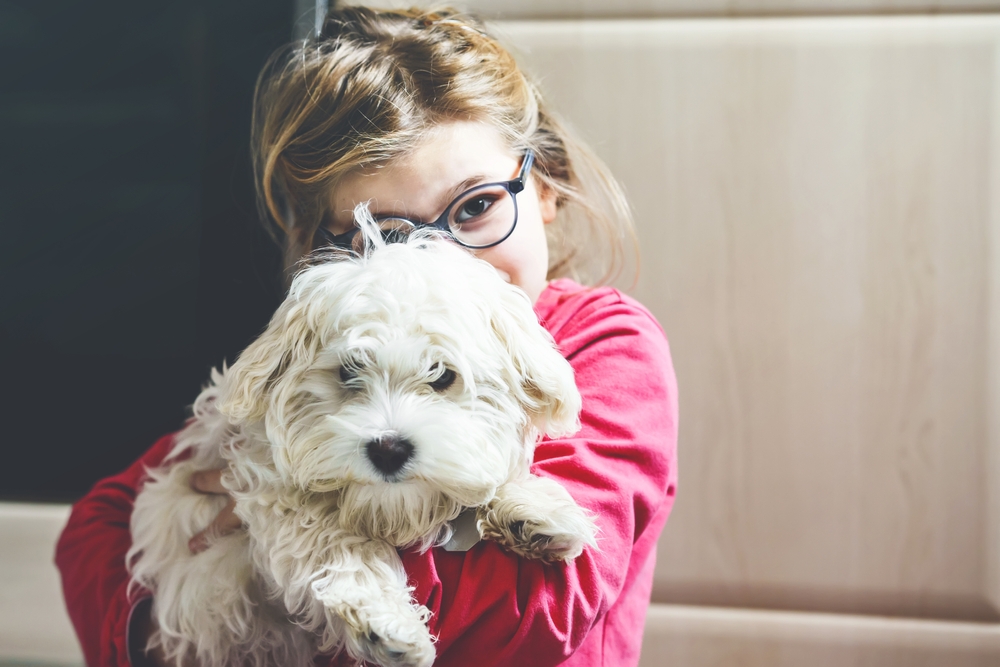
Always finish training sessions with a win, even if it’s something small. Whether it’s a perfect “sit” or a simple “come,” that sense of accomplishment motivates your dog to do even better next time. Ending positively also cements training as a fun, safe experience. Your dog will approach the next session with enthusiasm instead of anxiety.
This final boost creates momentum. Dogs, like humans, remember how experiences make them feel. When training ends on joy instead of frustration, progress follows naturally. Keep it light, loving, and celebratory.
13. Reward Calm Behavior, Not Just Tricks
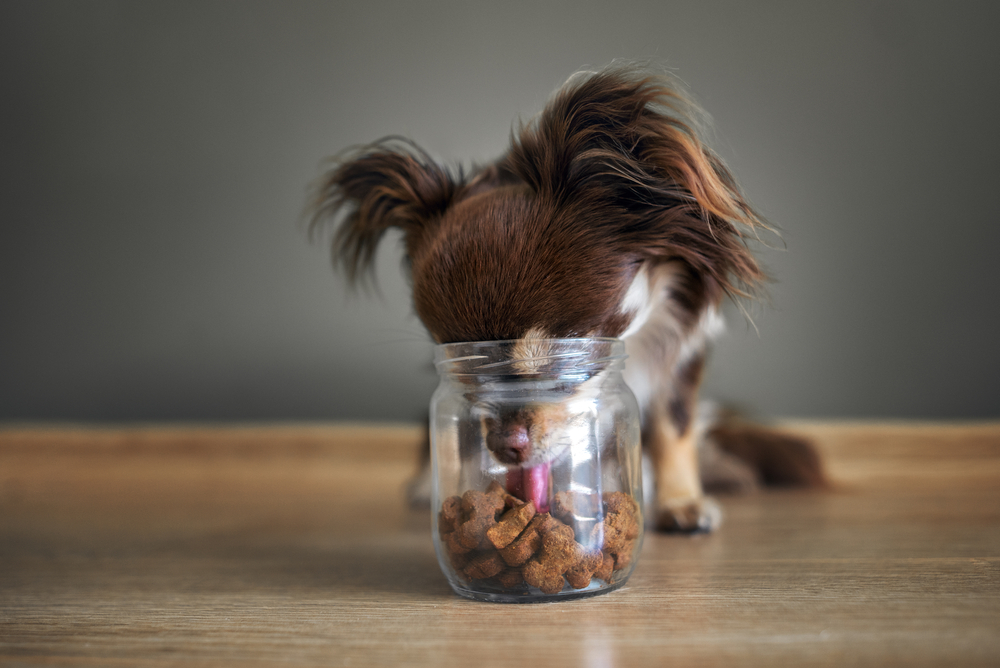
It’s easy to reward flashy tricks, but calmness deserves praise, too. When your dog sits quietly, stays composed, or resists jumping, reward it just as enthusiastically. Reinforcing calm moments teaches them that stillness is valuable. This is especially powerful for energetic or reactive dogs who see excitement as the default mode.
Calm reinforcement also improves impulse control. When they learn that peace brings rewards, they naturally self-regulate more often. It’s a subtle but transformative shift—one that turns chaos into calm. A relaxed dog is easier to live with and a joy to train.
14. Don’t Compare Your Dog to Others
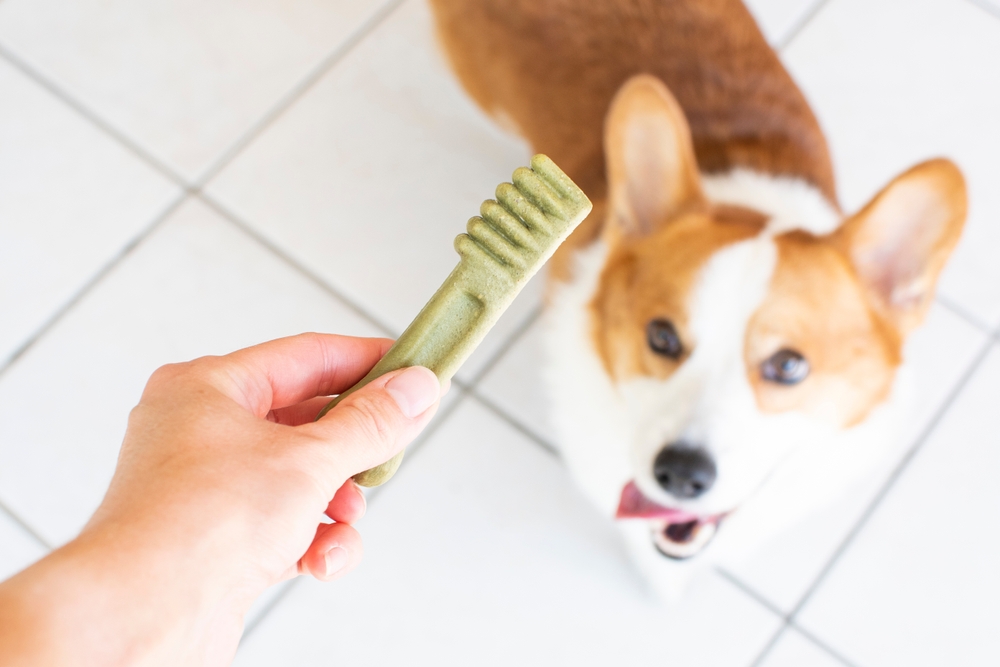
Every dog learns at their own pace, and comparing yours to a friend’s “perfect” pup only creates frustration. What matters most is steady progress, not speed. Some dogs take months to master what others pick up in days—and that’s okay. Celebrate your dog’s unique journey instead of measuring against someone else’s success.
When you embrace their individuality, training becomes less stressful for both of you. Progress may look slower, but it’s often more sustainable. Focus on connection over competition. The best-trained dogs aren’t the fastest learners—they’re the happiest ones.
15. Keep Reinforcing After “Mastery”
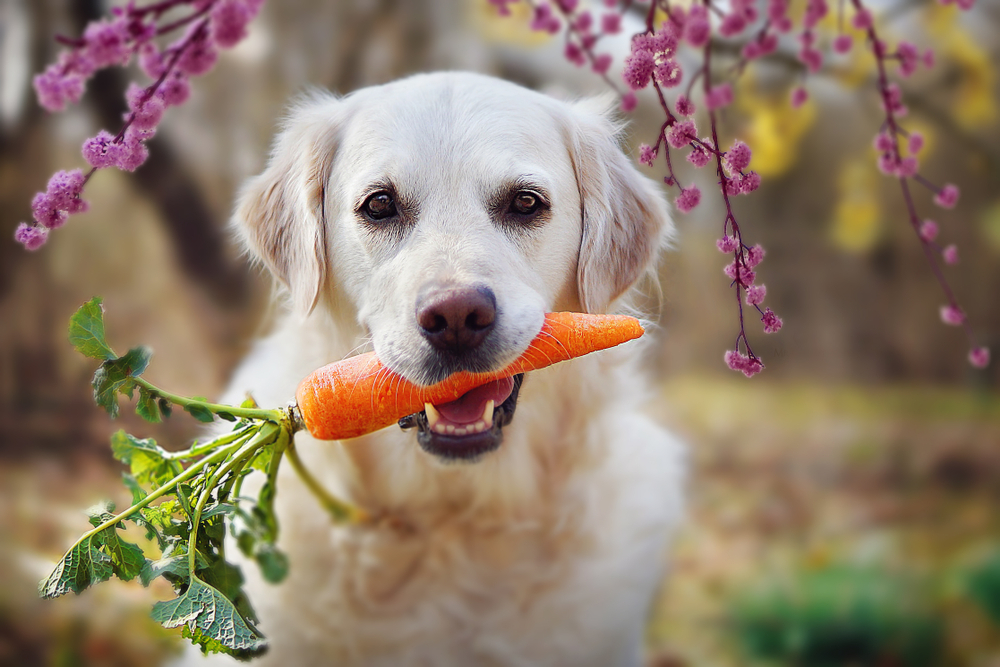
Even after your dog masters a command, keep rewarding them occasionally. Stubborn dogs especially need ongoing reinforcement to stay engaged. Sporadic praise or surprise treats remind them that listening always pays off. Training isn’t a one-and-done—it’s a lifelong conversation.
This approach strengthens your bond and keeps their obedience sharp. Think of it as maintaining a skill, not finishing one. A dog who’s consistently rewarded for good behavior remains attentive and eager to please. The best trainers know: practice doesn’t just make perfect—it keeps it that way.
